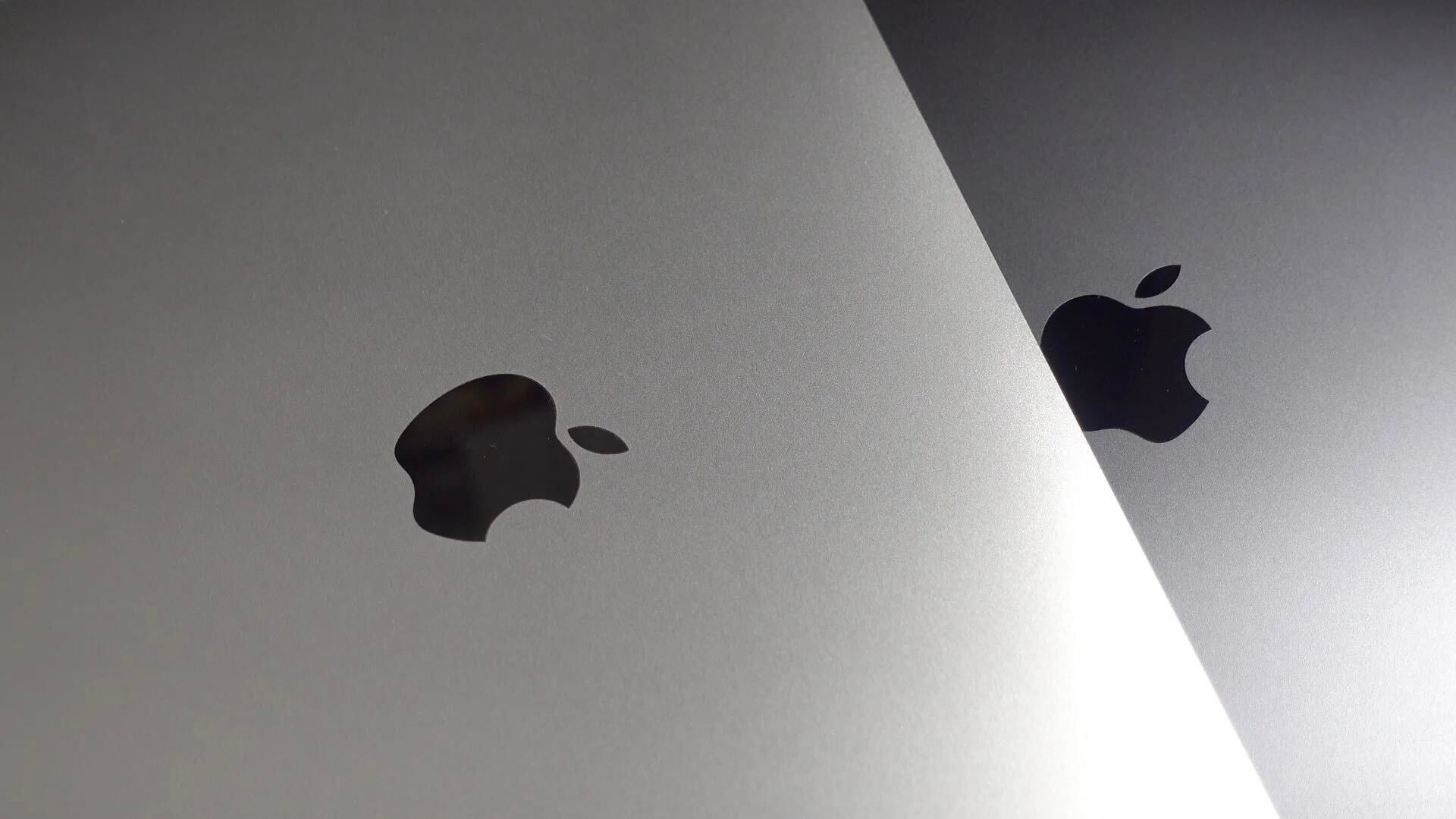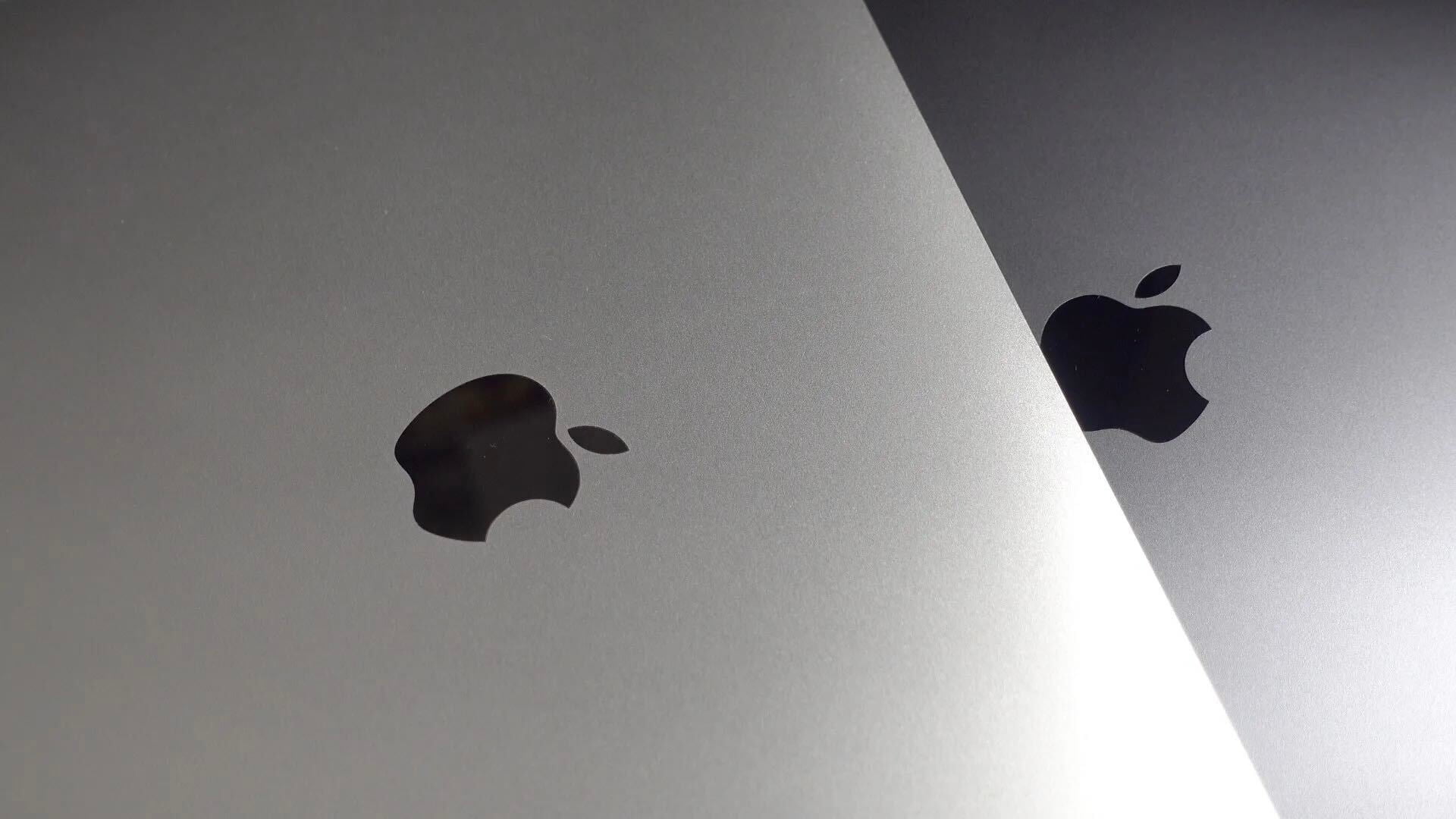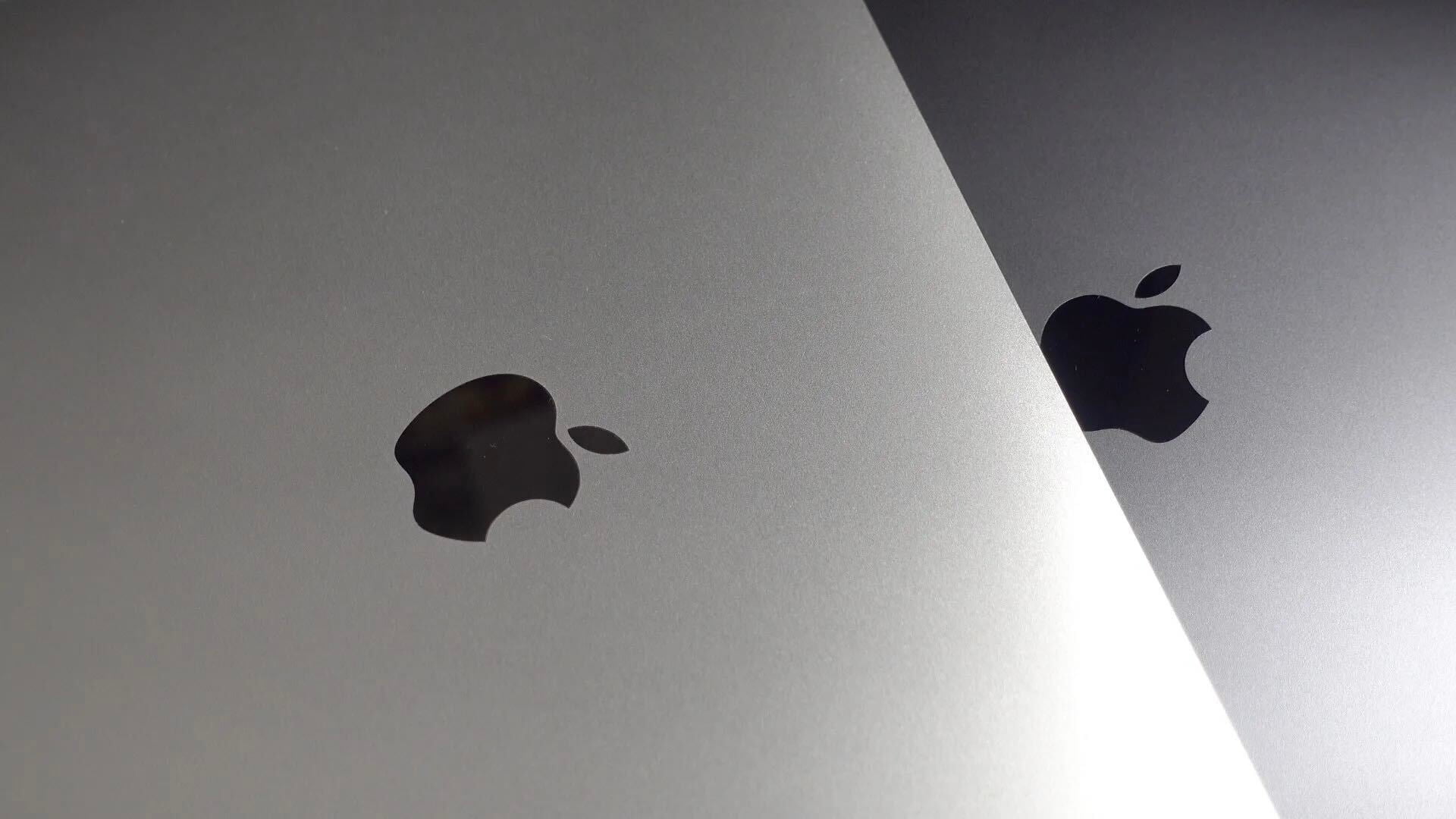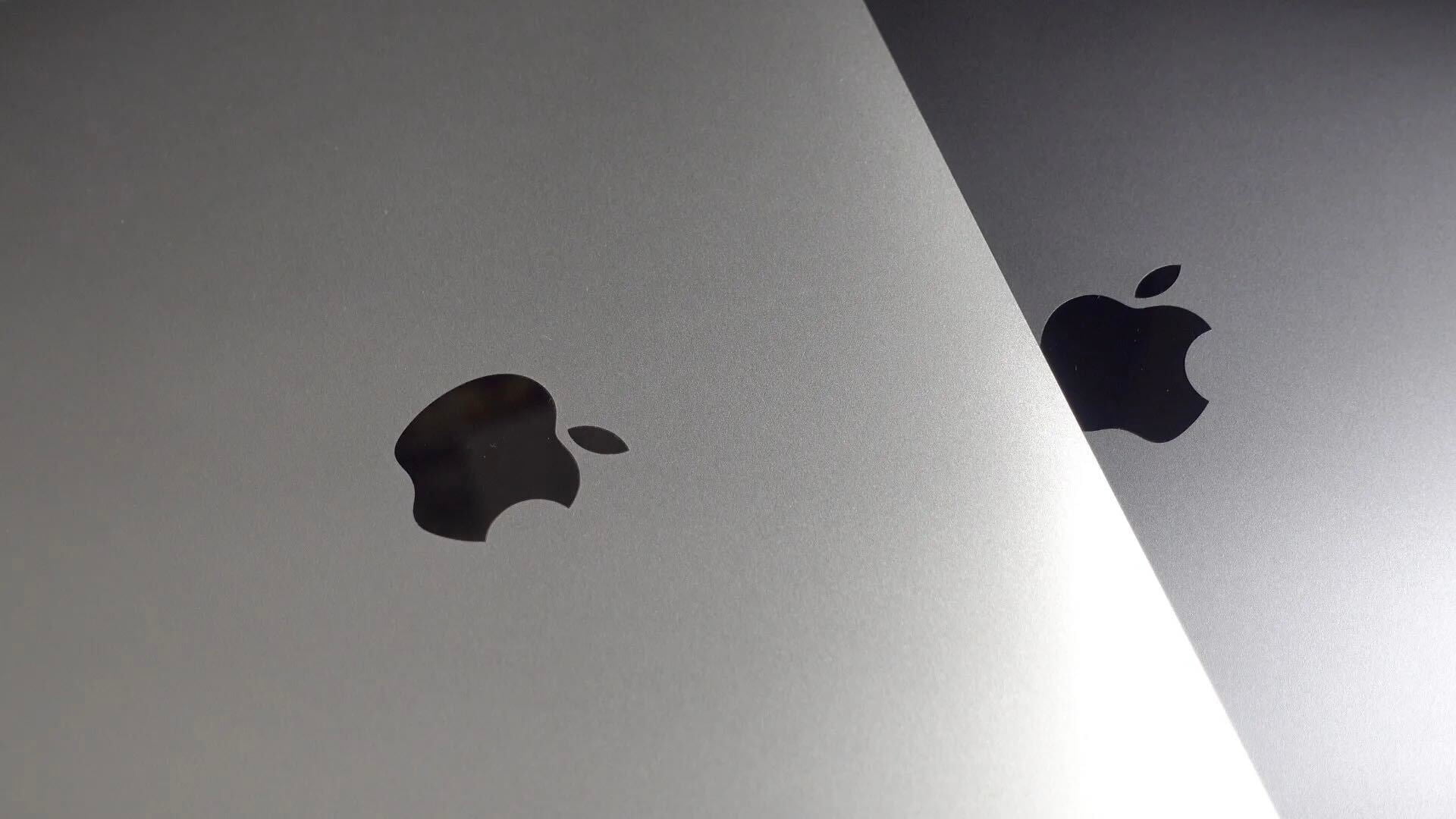
You can now get the alternative web browser Firefox for iPhone and iPad in the App Store. Except its not really Firefox as you know it on the desktop, because the underlying engine is all WebKit, not Mozilla’s Gecko renderer like it is on the Mac. This is the same as the iOS Google Chrome app — the App Store rules require browsers to use the Safari WebKit engine. This isn’t really a bad thing, the WebKit rendering core is the industry leading mobile (and desktop) engine.
You might want to use Firefox for iPhone and iPad if you use Firefox on the Mac, due to UI similarities for the browser chrome or just for syncing convenience. The Firefox app will sync bookmarks, open tabs across all your devices by logging into your Firefox account. These are the main differences between Firefox and the native Safari app.
The Firefox app works on iPhone, iPad and iPod touch. One interesting thing you can do when you have multiple browser apps installed on an iPad is do side-by-side multitasking of two web browser pages, such as on your brand new iPad Pro. iOS 9 doesn’t let you put the same app in two panes (at least, not yet) so having two browsers installed and running is the only way to achieve this.
As far as replacing Safari with Firefox, there are significant problems. The cost of switching browsers on iPhone is high, however. A big problem with using third-party web browser apps on iOS is the lack of a ‘default apps’s setting.
This means that any time you click a link across the system, the iOS device will always prefer Safari. You can access other browsers through the share sheet but thats another layer of indirection. iOS 8 and 9 implemented a lot of power-user features but the concept of default apps on iOS remains illusive.
You can get Firefox from the App Store for free. Firefox works on iPhone, iPad and iPod touch.
FTC: We use income earning auto affiliate links. More.





I’ve been a Beta tester for Firefox for iOS for the last 6 months – I’m so glad it’s finally been released. With the (almost) daily builds and improvements over the 6 months, I finally feel like it’s ready for The Real World (and, this menas I should stop seeing the TestFlight Update Notices every day! ;)
Is this a case of brand marketing only? Is Firefox really Firefox and is Chrome really Chrome if they use WebKit?
I believe it all revolves around where you want to sync your data and what you prefer to use on the desktop.
Who cares. Firefox is crap on the Mac so I wouldn’t want it on my iPhone or iPad.
The updates to safari on Mac and iOS over the past couple years have put it so much closer to Chrome and other alternatives that for me, it’s just not worth the hassle of using a 3rd party browser on my iOS device.
If you had asked me about this a few months ago I would have been more interested but since my ad blockers don’t carry over to this I’ve found myself a lot less interested. This is especially after all of the minor issues with desktop Safari I’m finally getting fed up with too.